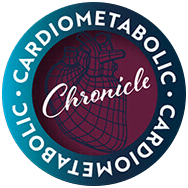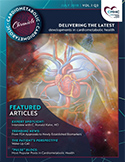I work in the trenches. I am not an academic physician, I do not do research, and I spend all my time in patient care. I am an internist in a busy office as part of an outpatient setting of a large hospital network. My father2 and mentor, an internist and keen diagnostician, made my focus in approaching each patient very easy. He said “whenever you see a patient, narrow down your approach to one question. What variable can you change that will improve the quality or length of his/her life?” He also said, “Be careful, every 7 years, half of what you know will change… However, you do not know which half”.
This led me to the study of cardiometabolics. I realized that unfortunately many patients were being treated as if time stood still in medicine. Cardiologist were treating cholesterol, endocrinologist were treating sugars, and exercise was “going for a walk”. Lipid issues were treated with the advice, “watch your diet” and many patients were told “be careful you have borderline diabetes”. Unfortunately, death rates, though modestly improved, were still unacceptably high. High-profile people were getting ill and dying with traditional care. Tim Russert’s death at 58 years old of a myocardial infarction with an LDL less than 70 mg/dL and a normal stress test 6 weeks earlier is a prime example, as well as Bill Clinton’s bypass and subsequent stenting 2 years later. Both of these men had metabolic issues which should have initiated a full cardiometabolic work-up today.






















